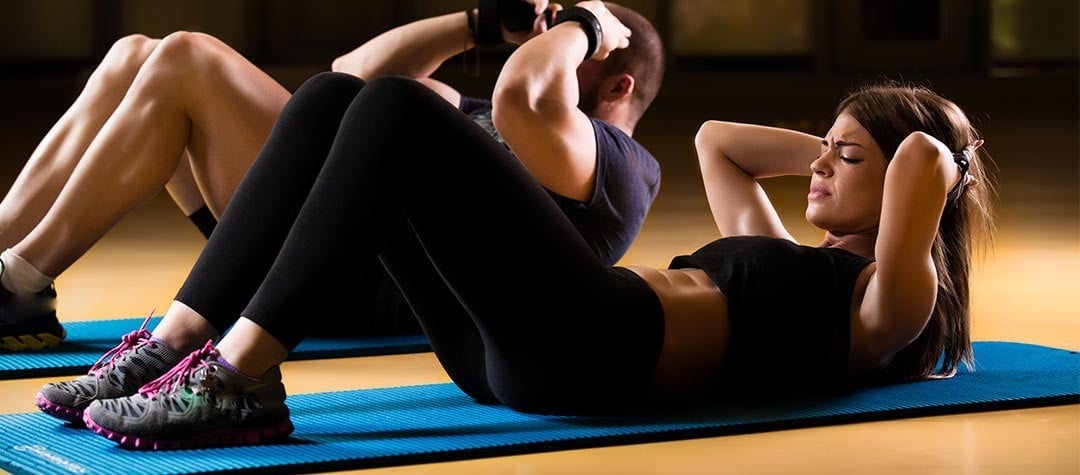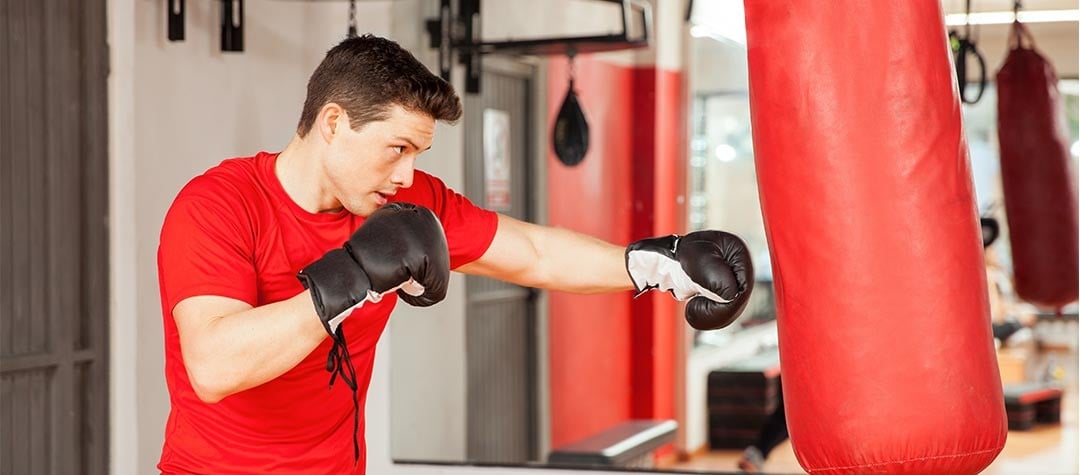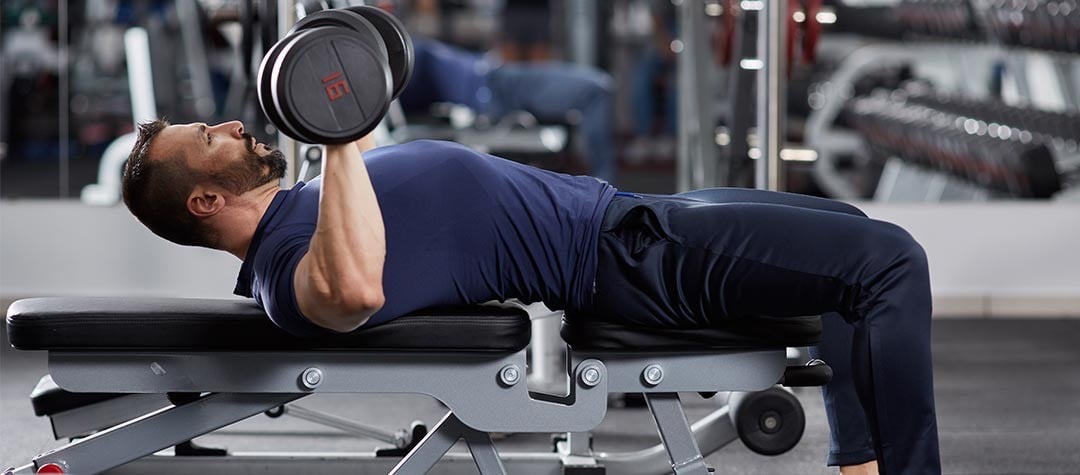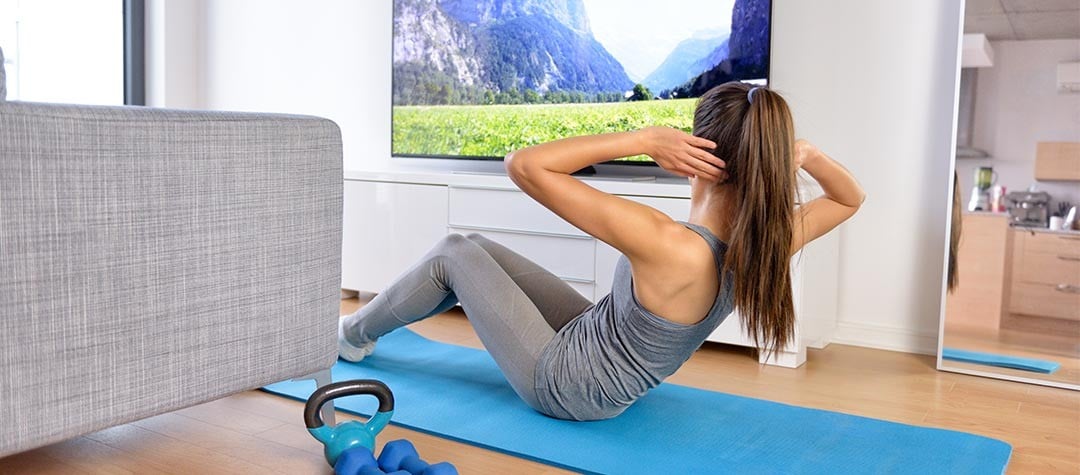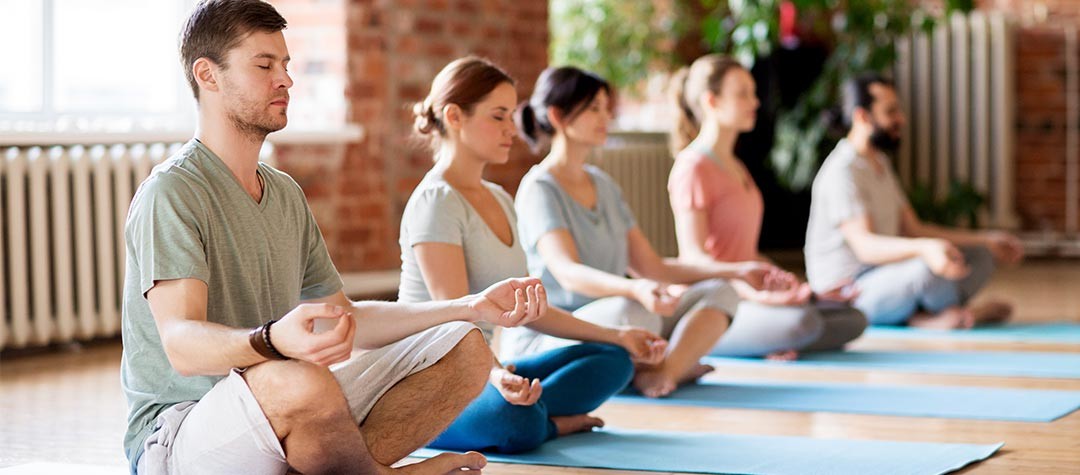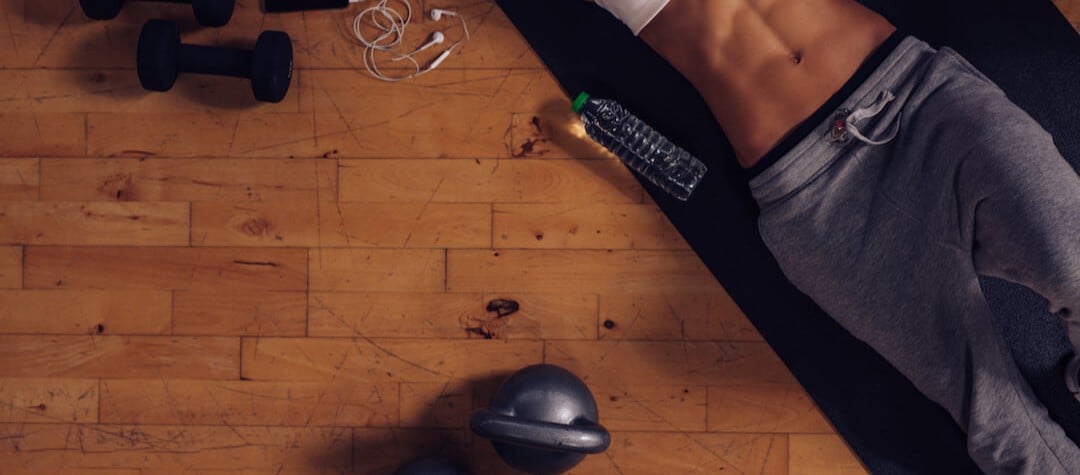Find out the truth behind ten common fitness and exercise myths so you can dispel those mistruths doing the rounds.
Many of us are given advice by friends, colleagues and gym buddies about supposed ‘facts’ concerning fitness and exercise. The press is regularly full of scare stories about the perils of too much or too little fitness training. The reality is that many of those media articles and pieces of advice are inaccurate and shouldn’t put you off exercising. So with that in mind we decided to examine in more detail some of the most familiar fitness myths.
Whether its worries about joint and body health, or not knowing what are the best types of exercise for your individual goals, there is a lot of information on fitness dos and don'ts that sometimes it can all get very confusing, even for the most experienced athletes! But don't fret, as we have compiled a few of the most common misconceptions floating around, to help you find what is helpful for you.
1. ‘No pain, no gain’
Now let’s nail this one on the head to begin with; if it feels uncomfortable and hard work when you are two thirds of the way through a spin class or even five minutes into a mountain climb, well, that is probably to be expected. However if you feel a sharp pain in your right knee every time you cycle/run, then it is probably a really good idea to stop and see a physio.
While taking it too easy in the gym won't produce the results you want, pushing yourself too much can do more harm than good.
While taking it too easy in the gym won't produce the results you want, pushing yourself too much can do more harm than good. There is a real difference between finding something hard and experiencing real pain from an injury. It is important to recognise the burn you get from exercise and the effort your body is putting in, if your body is injured or something is wrong then you need to stop. If the pain is sharp, unusual, stings or severe, not what you would usually expect with the heat you feel in your muscles during a workout, then something is wrong and you need to address the problem.
2. ‘Weight training is no good if you want to lose weight’
Although the tendency for so many people is to shy away from the weights area at the gym, the reality is that if you want to lose weight, this is exactly where you need to be heading. A targeted weights session that involves high reps and low weights is going to tone muscles and burn more calories than an aerobic training session.
The key is the amount of calories you burn after you finish your session. For women, that-after burn can account for as many as 350 additional calories. And remember, a higher muscle mass can also boost the body’s metabolic activity, which means more efficient fat and calorie burning all round. The more protein in your body the more fat burnt, happy days. Your muscles won't start expanding at an astronomical rate turning you into the hulk anytime soon, instead you will trim up much faster than with cardio alone.
3. 'You should keep your aerobic exercise intensity low to burn more fat’
So, let’s dispel this myth once and for all because the facts are these; exercise at a low intensity uses fat as the predominant fuel, while exercising at a high intensity uses mainly carbohydrate. (There’s a continuum between the two, so as exercise gets progressively harder, the amount of carbohydrate used increases and the amount of fat used decreases.) But the trouble is, low intensity exercise doesn’t burn many calories, while tougher workouts burn a great deal.
Think of it as two pieces of pie. In the low-intensity pie; mostly fat stores but only a very small piece as the calorie burn in so low. In the high-intensity pie, only a sliver of the calories come from fat stores, but, and this is the crucial bit, the pie is much bigger because a heck of a lot more calories are burnt. Therefore making the high intensity slice is preferred due to its high calorie, and in turn fat, burn. Okay?!
Although it is good to burn fat, as you would think to lose fat you have to burn fat, but weight loss essentially comes down to burning more calories than you consume, so burning more calories instead of fat is more important. So dont be deterred from high intensity and anaerobic activity as they will help lose overall weight and improve fitness more quickly.
4. 'The step machine or step classes give you a big behind’
Now unless you’ve gone berserk and set the resistance on the stepper so high that you can barely move the pedals up and down, the action of stepping will be an aerobic, low-resistance activity. As a result, it won’t present sufficient stimulus to muscle tissue to cause it to grow and therefore won’t have any effect on the size of your backside.
Stepping is actually a great cardio workout that will boost aerobic fitness and improve muscular endurance in the legs and glutes.
Stepping is actually a great cardio workout that will boost aerobic fitness and improve muscular endurance in the legs and glutes. But the main thing to remember is to keep your posture in check: keep the navel gently drawn to spine and tailbone tucked slightly under because stepping with your belly hanging out and your back arched will certainly give the appearance of a big behind!
Plus, even if an anaerobic activity, the majority of glute exercises won't even enlarge your behind, the muscles get larger yes, but the process of working out will strip fat; causing a more perky and peachy behind instead of enlarging it. Large bottoms are a result of excessive fat stores around the hips and under the glutes, so working those muscles and stripping that fat will in fact reshape your behind.
5. ‘If you walk 10,000 steps a day, you don’t need to do any other exercise’
Hmmm, this is a tricky one! It really does depend on your goals. The 10,000 steps a day guideline is aimed at disease prevention for those who don't exercise and have got too comfortable in our automated society, rather than improved fitness.
Of course, if you start from a sedentary base then achieving that target on a daily basis will certainly improve your fitness, however it still only counts as low-intensity aerobic exercise. When this target was devised nationally, it was intended to help people add movement into their busy schedules, not replace you workout.
For all-round fitness, you should ideally complement this with shorter but higher-intensity aerobic exercise (such as going for a run, doing a spinning class or circuit training), strength training (using weights or your own bodyweight for resistance) and flexibility work. Each type of exercise has its own specific benefits which is why it’s never ideal to stick to the same intensity or same method of activity every time. Variation is key to keep your body on its toes and prevent your mind from entering a boring plateau with exercise.
6. ‘Sit-ups are the best exercise to flatten the stomach’
Sit-ups, crunches and curls, literally any movement in which you curl your torso forward, work the ‘six-pack’ or rectus abdominis (RA) muscle in the front of the torso. Unfortunately, however, working this muscle doesn’t flatten the stomach and will certainly not give you abs. Deep below the six-pack lies a thick, corset-like strap of muscle that goes all the way around the waist, from back to front. This transversus abdominis (TA) muscle, also known as the core, is the one that is responsible for flattening the tummy, and yet few of us ever pay it any attention!
To activate your TA, put your thumbs on the sides of your waist, level with your navel, and put your other fingers over the pubic bone (the area beneath your belly button). Now pull this area bellow the belly button backwards (away from the fingers) without lifting the ribs or holding your breath. Practice this regularly throughout the day and once you can ‘engage your core’ (as we say in the trade!) and there are plenty more core exercises to strengthen your midriff and smooth out the abdomen.
7. ‘The more water you drink when you’re exercising, the better’
While it’s true that our need for fluid increases markedly during exercise, it isn’t necessary to glug down gallons of water to stay hydrated. In fact, the ‘glug’ approach is counter-productive as the body can only deal with so much fluid at once, and if you pour in too much, you’ll simply pee it right out again!
Plus have you ever downed a bottle of water and gone for a jog, it feels like your stomach has been replaced with a washing machine. Water is supposed to replace the fluids lost in exercise so consuming copious amount in excess will be pointless or even damaging.
Indeed, in some situations (such as prolonged endurance events) you could even put yourself at risk of hyponatremia, which is a potentially fatal condition. The best approach is to maintain good hydration 24/7, not just 10 minutes before your workout. If you ensure that you drink water and other fluids throughout the day, then you won’t be starting out dehydrated and will get by perfectly well taking a few sips during exercise.
And your stomach won’t be sloshing uncomfortably! International sports authorities have now stopped recommending a certain amount of fluid to drink during exercise, due to the increased number of cases of hyponatremia in recent years. They now suggest you drink according to your thirst, or that you weigh yourself before and after a timed workout and replace the amount of weight loss in grams with the same amount of fluid in millimeters (for example, if you run for an hour and lose half a kilogram in body weight, you should aim to drink 500ml of water during future one-hour runs.)
8. ‘Running is bad for your knees’
Running has long had a bad press for wrecking knees, but provided you train sensibly, wear the right kind of running shoes and do sensible things like warming up, heeding niggling pains and running on a variety of surfaces, it’s actually quite good for them. A study published in the journal Arthritis and Rheumatism showed that, far from increasing the risk of joint problems, running could protect against osteoarthritis by keeping joints and connective tissue strong, mobile and topped up with nutrients.
Many suffer from shin splints which can be exasperated by running, but this will only become an issue, so much that you should avoid running, if you have significantly inadequate shoes. Another study, published in the Journal of Rheumatology , found no difference in the amount or rate of degeneration in the knee and hip joints of runners and non-runners, although both groups experienced some degeneration with age. So don't be discouraged to go running because you have dodgy knees, as it won't be detrimental to head out for a run, just make sure you're properly prepared for running, stretching and clothing wise.
9. ‘The more exercise you do, the better’
Believe it or not, there is such a thing as too much exercise. It’s during rest, not exercise, that the body does all the necessary repairs and ‘housekeeping’ to make itself fitter and stronger, so if you take that rest away, you are never going to reach your full potential. This is not an excuse to only go the gym once a week and claim your body needs time to rest, that's pushing it a little!
You need at least 48 hours between strength training workouts of certain body parts to allow muscles to recover, and while you can do aerobic training and flexibility work daily, it’s wise to go by the ‘hard, easy’ rule, where you follow tough training sessions with a gentler workout the next day.
Overtraining will also put you at risk of injury and can compromise your immune system, which may end up costing you weeks away from the gym while you recover. Too often athletes and individuals will burn out, as when combined with responsibilities and work, exercising too hard and for too long can eat into your physical and mental energy. Rest days are an important part of exercise, and the one day off won't do anything to your progress, so dont worry yourself too much.
10. ‘You shouldn’t exercise too late in the evening or it’ll keep you awake’
We’ve long been told that only gentle activity, like yoga or Pilates , is suitable for the latter part of the evening. If we do any other sort of exercise in the evening, we’re warned we could be lying in bed, wide awake, for hours. Not so, according to sleep expert Professor Youngstedt from the University of California. He found that exercise was as effective as sleeping pills in helping insomniacs get to the land of Nod. ‘People should experiment for themselves to see whether exercise promotes better sleep,’ advises Professor Youngstedt. He also found that outdoor exercise was more effective in aiding sleep problems than indoor workouts.
Exercising will inevitably tire you out, many times after a workout yes you feel great, but a shower and nap nicely follows. Sometimes the evening is the only time of day to fit in a workout due to busy schedules, and as beneficial as morning workouts can be - kickstarting the metabolism and freeing up the day - working out at night won't keep you up till the early hours.

